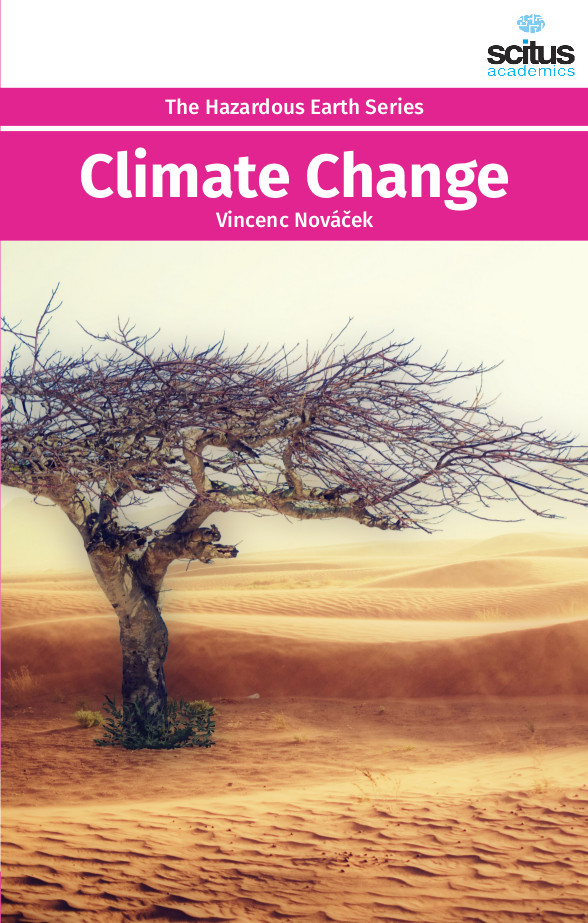Climate change refers to the long-term changes in global temperatures. Climate has changed throughout Earth’s long history, but this time it’s different. Human activity is causing worldwide temperatures to rise higher and faster than any time we know of in the past. It involves patterns of temperature, precipitation, humidity, wind and seasons. Climate models play a fundamental role in determining natural ecosystems, and the human economies and cultures that depend on them. But the climate we’ve come to expect is not what it used to be, because the past is no longer a reliable predictor of the future. Our climate is rapidly changing with troublemaking impacts, and that change is progressing faster than any seen in the last 2,000 years. Without appropriate adaptation measures, climate change is bound to exacerbate vulnerability of society, place food security and human health at risk, threaten the lives of growing urban population and impede the goal of attaining sustainable development. Because so many systems are tied to climate, a change in climate can affect many related aspects of where and how people, plants and animals live, such as food production, availability and use of water, and health risks. For example, a change in the usual timing of rains or temperatures can affect when plants bloom and set fruit, when insects hatch or when streams are their fullest. This can affect historically synchronized pollination of crops, food for migrating birds, spawning of fish, water supplies for drinking and irrigation, forest health, and more.
This volume ‘Climate Change’ presents the state-of-the-art research that explores the biophysical causes for climate change and the techniques currently being used and developed for its detection in several regions of the world and explores the effects in different ecosystems around the globe. The human and social dimensions of climate change, including climate policy, are essential parts of our response to the many challenges emanating from climate change. By focusing on a wide range of topics and involving a diverse array of scholars, this book sheds lights on human and social dimensions of climate change intended to students, scholars and policymakers.













